doi.org/10.1038/s420...
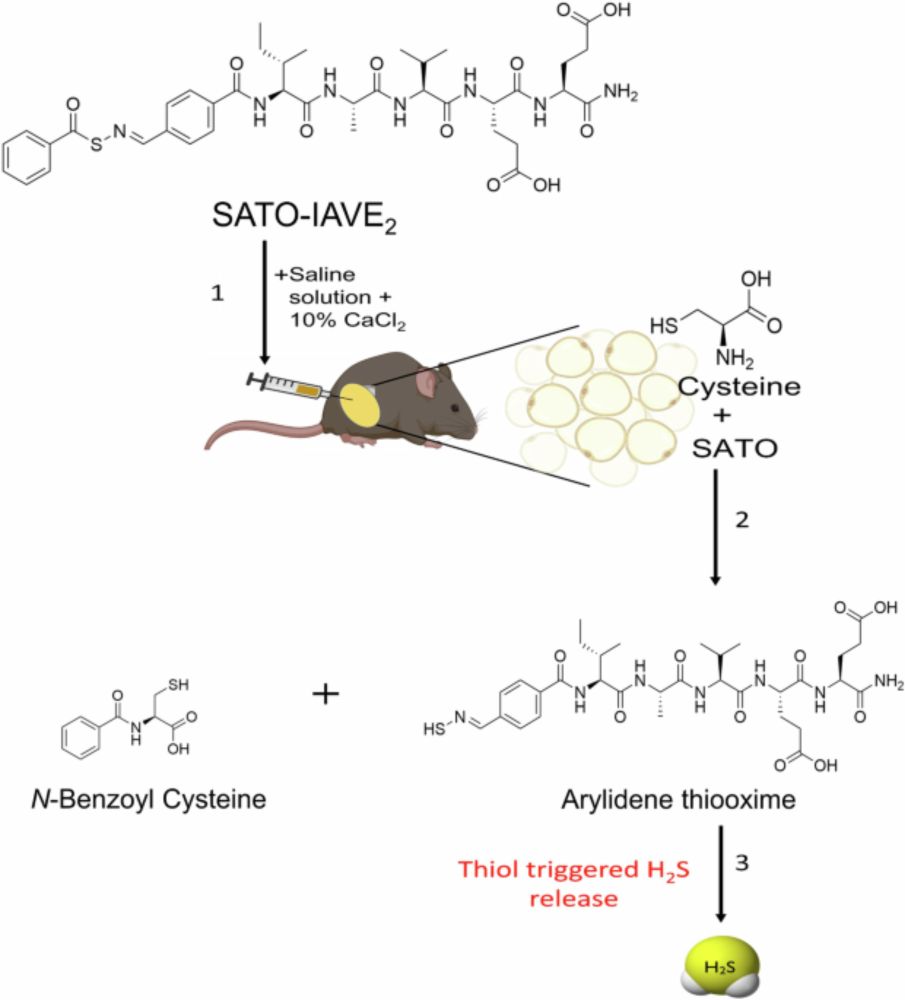
doi.org/10.1038/s420...
pubs.acs.org/doi/10.1021/...
pubs.acs.org/doi/10.1021/...
and Clark for their paper in ACS Material Letters @pubs.acs.org in collaboration with Bitton group from @bengurionuni.bsky.social and Yin Wang! Hurray🥳
pubs.acs.org/doi/10.1021/...

and Clark for their paper in ACS Material Letters @pubs.acs.org in collaboration with Bitton group from @bengurionuni.bsky.social and Yin Wang! Hurray🥳
pubs.acs.org/doi/10.1021/...

#chemsky #polymers @iupac.org
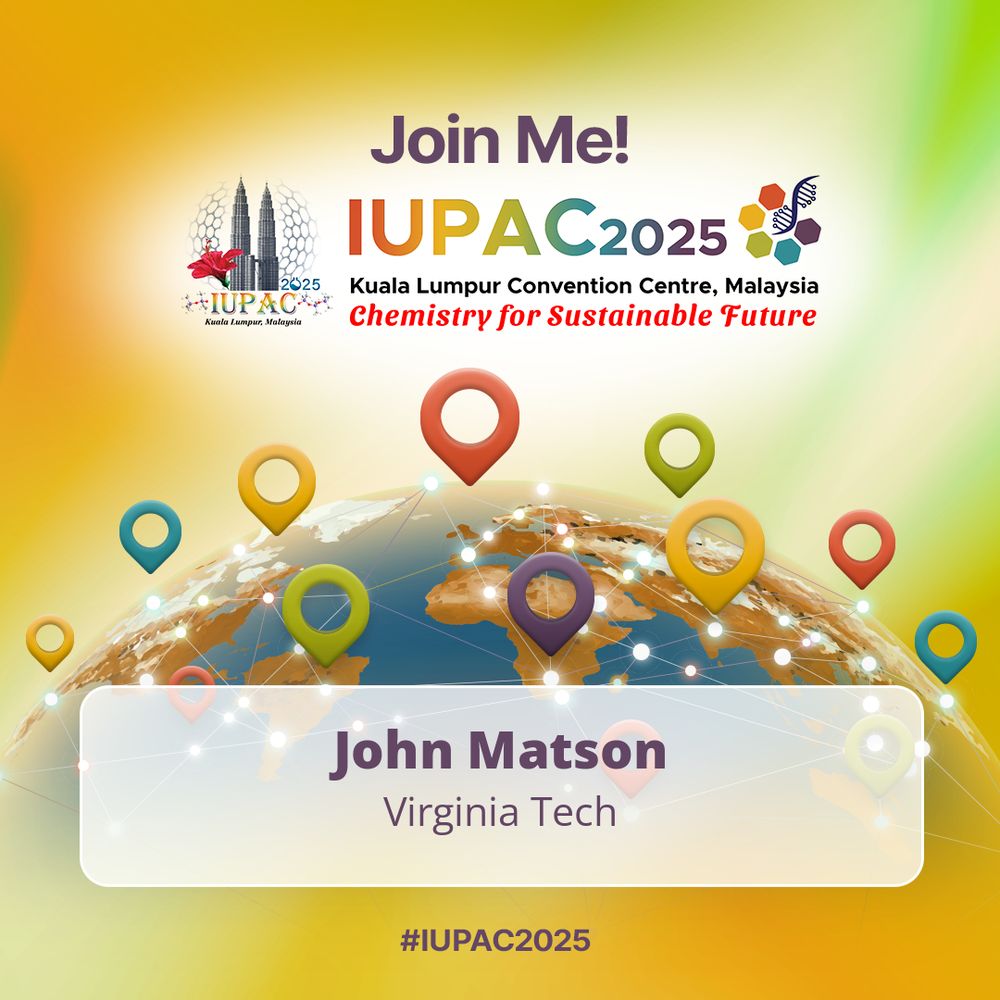
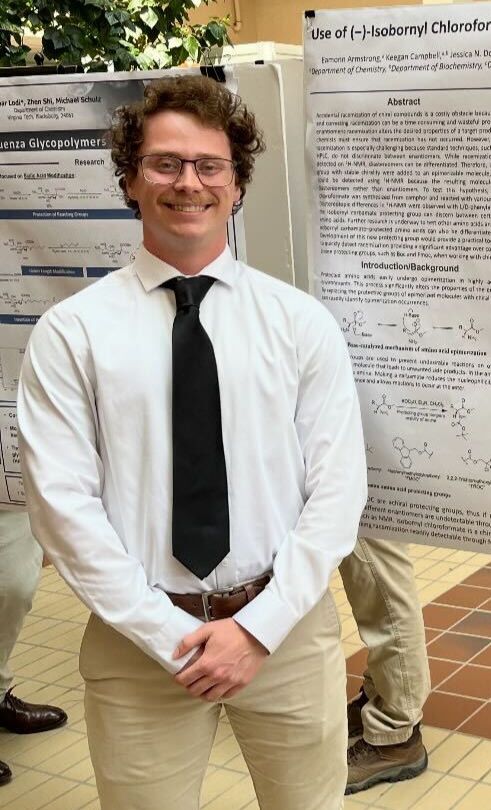
doi.org/10.1002/anie...

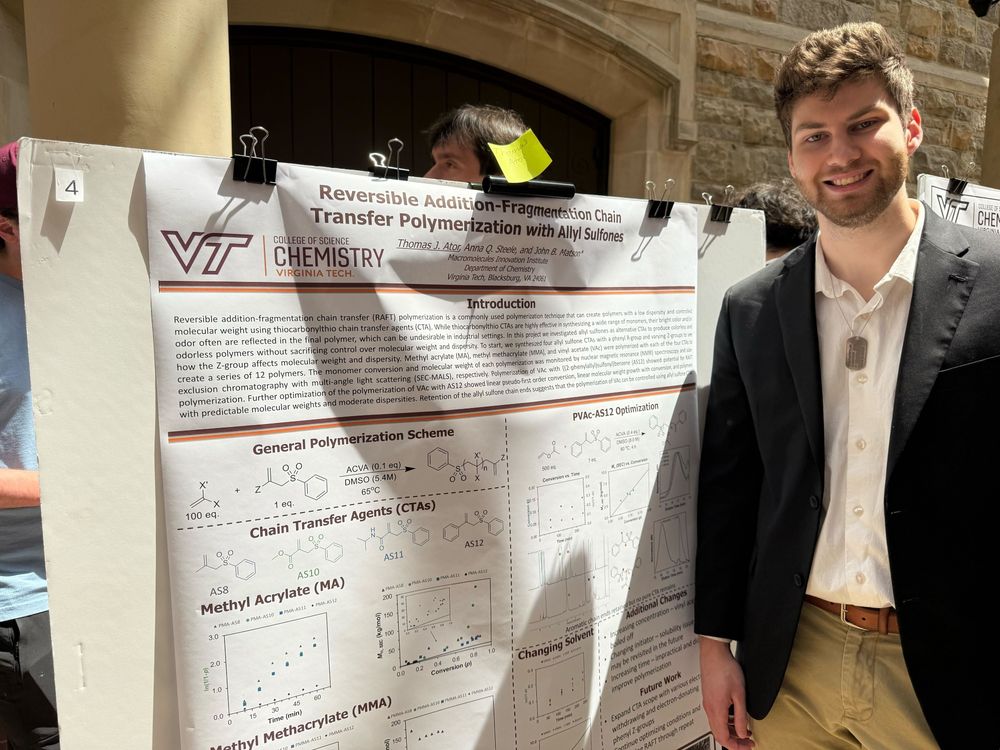
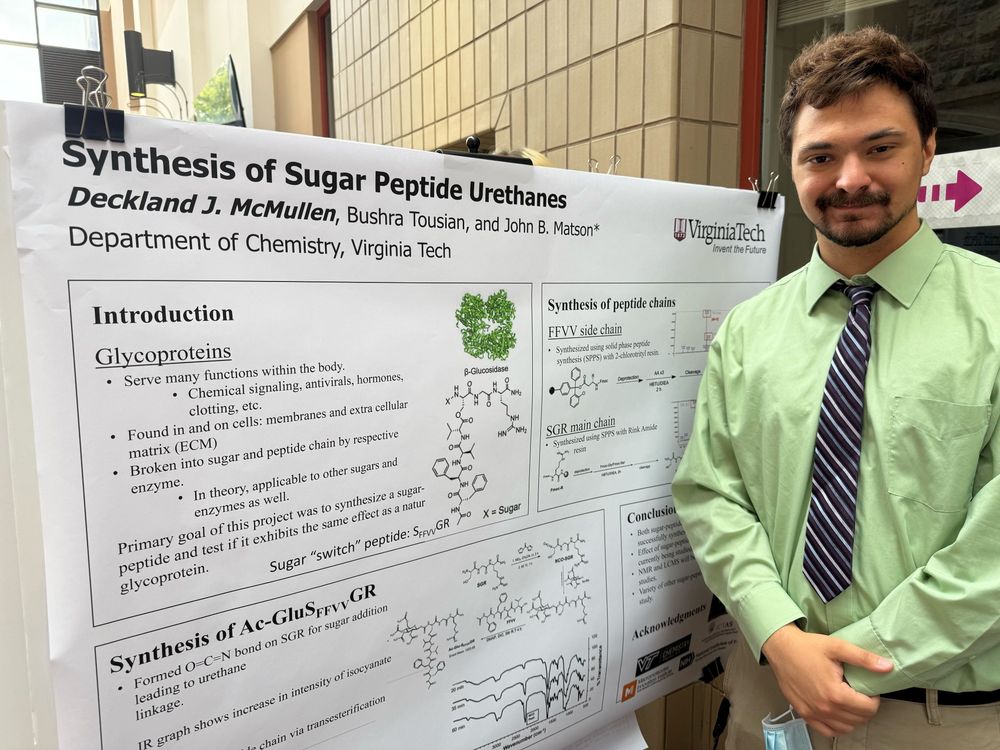
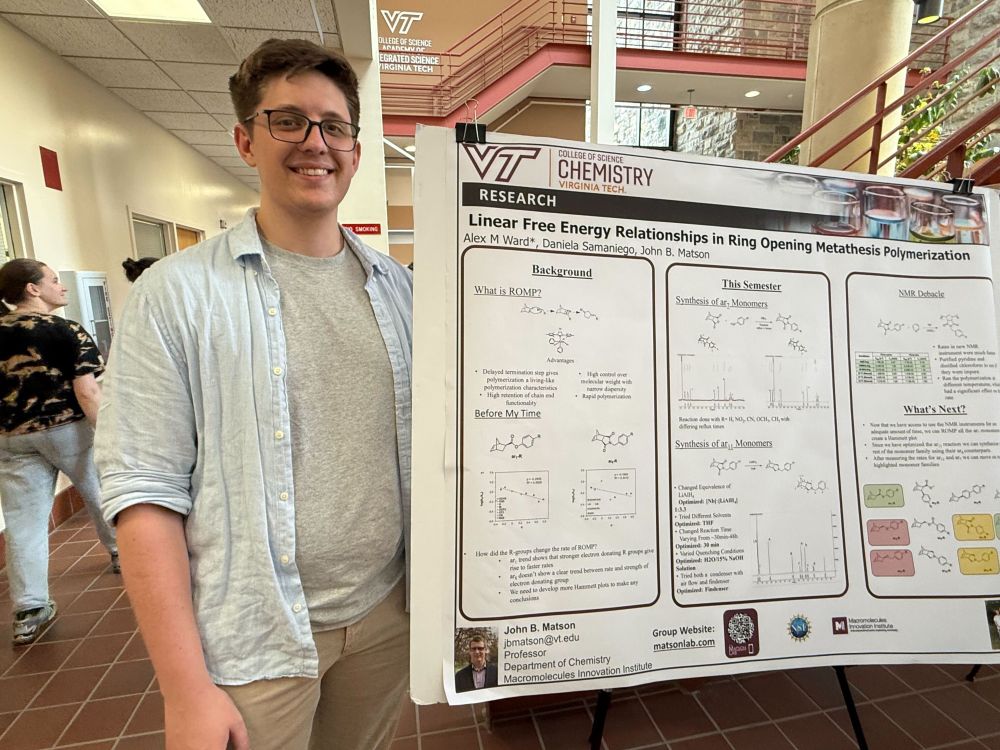
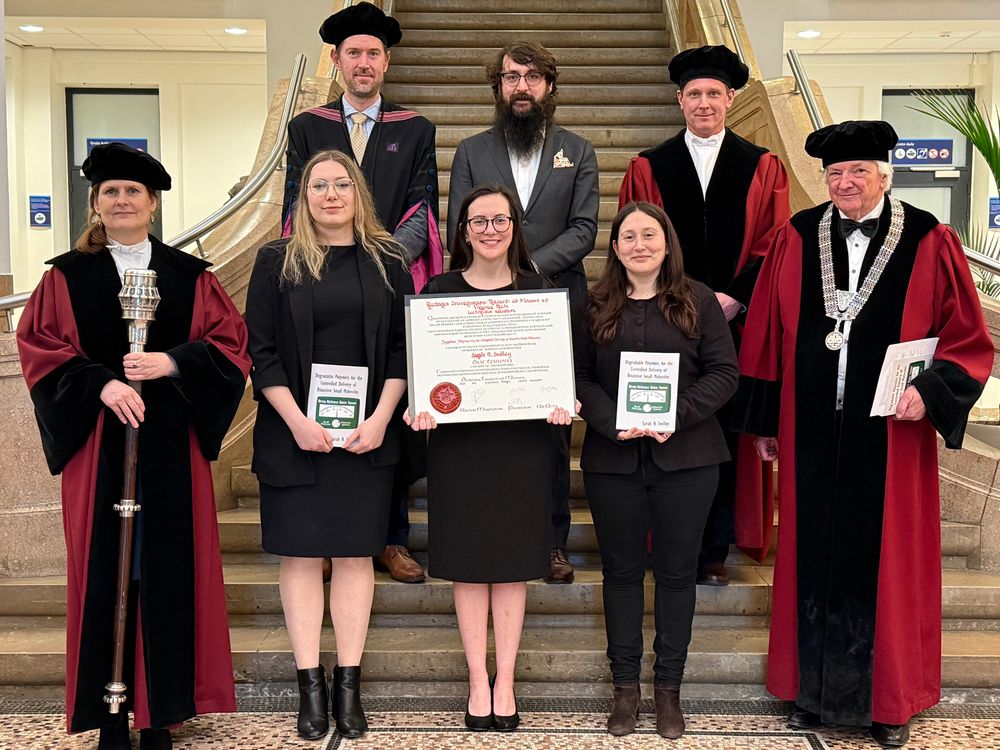
Starting off 2025 with a brand new paper in Carbohydrate Polymers in collaboration with Deshmukh Group from VT Chem Eng.! Shoutout to Abby and all other co-authors on this achievement!
doi.org/10.1016/j.ca...

